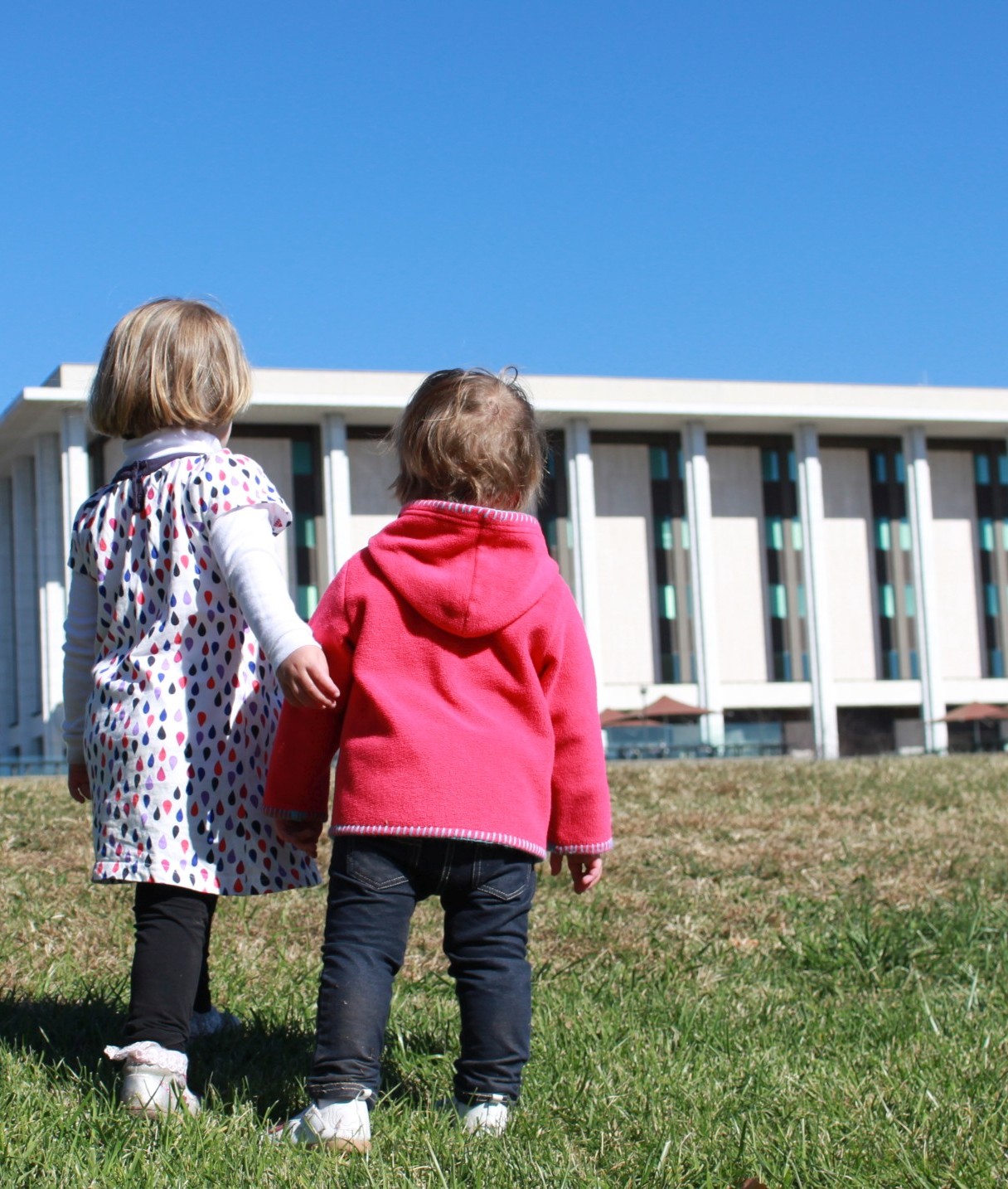High quality childcare improves learning outcomes for children.
It’s that simple, or at least it should be. Unfortunately, in the ACT, when you have children under four you are forced to navigate a system that is a bit of a mess.
Some parents can’t access childcare places, while others can’t afford them. People are forced to sign up to multiple waiting lists because there is no coordination across providers. And the quality and diversity of activities at childcare centres can vary substantially depending on the provider and the fees paid.
This patchwork of private, community and government providers of childcare is sold to us as “choice,” when in reality parents are often forced to take what they can get.
This isn’t a problem just with the ACT – the other states and territories have similar problems. That is why the implementation of the National Quality Framework in 2012 for childcare providers was an important step in providing more consistent standards of care. It reflects the ongoing evolution of childcare into an early childhood education provider, not just a babysitting service. Many other countries already get it: in Germany and France, kindergarten is available for children from two years old.
In our current childcare system, the focus is on increasing workforce participation by parents. However, according to a 2014 report by PricewaterhouseCoopers, there are even greater economic and social benefits for the children who attend a quality education and care program.
This research shows that children who attend early childhood education from age three or earlier have improved academic and social abilities by age six or seven. Kids from vulnerable families see particularly important improvements, with one study showing an increase of 17 per cent in Year 12 graduation rates. As taxpayers we benefit from the higher earnings, lower delinquency, and lower reliance on government assistance programs by these children.
In 2009, the ACT government tried something innovative by opening five Early Childhood School facilities. The goal of these Schools is to provide integrated services and support to families with children aged 0-8.
As well as providing both childcare and formal K-2 schooling on site, the school also provides access to community playgroups, parental education programs, and referrals to health services.
Now that the early childhood schools have operated for six years, a comprehensive study should be undertaken to confirm both societal benefits and ongoing individual achievement. A review of similar Queensland centres that opened in 2006 found they improved developmental, social and behavioural outcomes for children; strengthened families and parenting skills; and achieved better outcomes for vulnerable families.
If we’re serious about improving education for our kids, we need to make it more accessible and more affordable right from the start, particularly for lower income earners.
Some options for achieving this include:
- guaranteeing access to 15 hours of classes per week for 2 – 4 year olds
- implementing a means-tested subsidy for children in lower-income families to attend a qualified and certified childcare facility, and
- centralising waiting lists across care facilities
It’s important to give our children the best start in life. Let’s not wait any longer to start cleaning up the mess.
